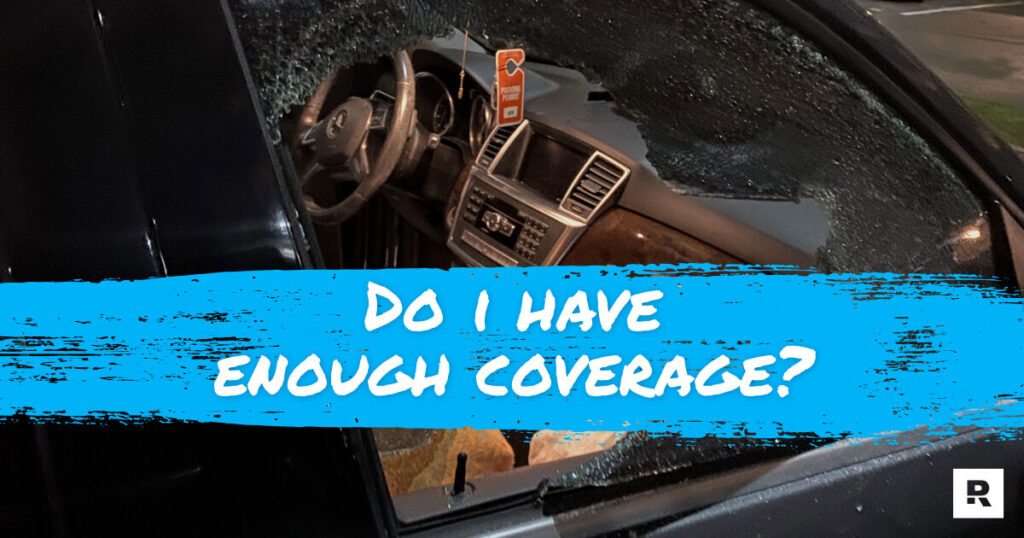Tired of Pricey Life Insurance Premiums? 4 Ways to Manage a Policy When You Retire

You’re getting ready to retire, and you’re thinking about your expenses. One expense you’d like to forgo is the premium you pay for the life insurance policy you bought decades ago. The question is: Are your only two options to pay the premiums or cancel your coverage? The answer is no, you usually have other alternatives.
Start assessing your options by first determining whether your policy is a term insurance plan or some kind of permanent insurance with cash values.
Term insurance
Term life insurance is generally the cheapest coverage, but it works like rent. When you’re done “renting” the insurance, you leave with no equity. So, if you reach the end of the policy’s term — for example, 20 years — you lose your insurance coverage. You still may have some options, though. Some term policies let you renew your coverage. You can continue your insurance, just at a higher premium. Generally, the cost increase is so high it’s a deal killer. If you need the coverage, though, it may be worth it.
Term insurance policies often have conversion rights, meaning you can convert your term insurance policy into a permanent plan. The good news is this will continue your death protection for the rest of your life, but the bad news is you’ll be paying a much higher ongoing premium. While this may sound like a non-starter as you face retirement, it may be a good idea if your life expectancy has been shortened because of a medical condition. The conversion privilege also allows you to change your soon-to-expire term policy into a permanent policy without you having to show insurability – no physicals or bloodwork.
If your spouse or kids need death protection for when you’re gone, converting your term policy is worth thinking about. If you can’t afford the higher premiums, maybe they can pay for the coverage.
Cash value insurance
So-called permanent life insurance is analogous to owning vs. renting. You build up equity in your insurance in the form of cash values. The temptation in retirement is to cancel the policy and collect the policy’s remaining value. In many cases, though, this may be the least financially sound approach.
Let’s use an example. You’ve been paying $2,000 per year for a $250,000 whole life policy for twenty years. You’ve sunk $40,000 into the policy, but you also have $60,000 of cash value to show for your expense. If you surrender the policy, you’ll receive $60,000 from the insurance company, but the IRS will want a share — in the form of ordinary income tax, not capital gains — on the $20,000 gain over your $40,000 expense.
4 options involve not having to pay the premiums yourself
There may be better approaches. Below are four popular options for continuing your coverage while getting out of paying the ongoing premiums:
Stop paying premiums
When you have excess cash value built up in your policy, that equity represents an asset you can use to continue your coverage. In its simplest form, the cash value can pay the premium. Using the example above, you can tell the insurance company to withdraw or loan the premiums for your policy from your $60,000 of cash value. This will lower your death benefit because of the policy loans and accumulating interest, but your coverage will continue.
Depending on the policy, you may have additional ways to tap into your cash value. For example, you could use the cash value to buy “extended term” coverage. With this approach, instead of telling the insurer to take the premium out of your cash values, you can ask them how long they will continue your full $250,000 death benefit without paying any more premiums.
Let’s say they calculate your coverage will continue for five years and three months. That may take you close to the date when you plan to file for Social Security and may represent a good time to let the policy lapse.
Another approach would be to ask the insurer for a reduced paid-up policy. Here, the insurer may tell you that you’re entitled to $122,400 of coverage for the rest of your life — no premiums, no cash value, but guaranteed coverage for life.
Sell your policy
Your life insurance was priced based on your life expectancy at the time you applied for the policy. But now a health condition may be shortening how many years you’re expected to live. That means, callous as it may sound, someone may be willing to pay good money for your policy. This option is commonly called a life settlement, and there are a number of companies that will assess your life expectancy and make an offer to buy your policy. A life settlement offer will always result in more money than the policy’s cash surrender value. You sell your policy, and they collect your death benefit when you pass away.
If you’re interested in this idea, heed two warnings:
- Second, know the tax consequences before you finalize the sale. Depending on the transaction, the sale can be tax-free, partially taxable as ordinary income and/or partially taxable as a capital gain. What you net after taxes is the key question.
Donate your policy
If you don’t need the death benefit from your policy anymore and you want to stop paying premiums, consider donating the policy to your favorite charity. You’ll get a current tax deduction for the value of the policy. When donating, ask whether the charity plans to continue premium payments (so it can collect the full death benefit) or surrender the policy for its cash value. This may affect your decision as to which charity you choose.
For example, if you have a $1 million policy that has only $30,000 in cash value, you might decide to donate the policy to a national charity that can afford to pay the ongoing premiums and wait to collect the death benefit. Also, contact the insurance company to obtain a valuation of the policy. You may be able to tax-deduct more than just the policy’s cash value.
Have your IRA pay the premiums
You may be thinking, “What’s the difference between me paying the premiums and my IRA paying the premiums? Isn’t it still cash out of pocket?” The better question is, Do you intend to leave a legacy to your heirs when you die? A life insurance policy has the advantage of being a known, income-tax-free payment to beneficiaries, regardless of the stock market’s performance at the time of your death. If you plan to convey wealth at your passing, the life insurance policy you’ve owned all these years may be the perfect asset.
So, rather than tapping other income sources, think about paying the annual premium through partial withdrawals from your IRAs. Although you’ll pay tax on these withdrawals, you are effectively spreading your taxes over your remaining lifetime. This may help in your Social Security filing strategy, controlling the IRMAA penalty associated with your Medicare premiums and limiting the required minimum distributions (RMDs) you’ll begin taking at age 72.
Work with your financial adviser to determine the best approach, including the possibility of using a Roth IRA to pay some of the premiums.
Life insurance is different from most forms of insurance. With fire insurance, you may never experience a claim. In contrast, if you hold on to a life insurance policy long enough, there will be a death claim. So as you approach retirement, consider carefully what you want to do with the life insurance policy you own. There are many ways to benefit other than just letting your policy lapse.
This content was originally published here.




Responses